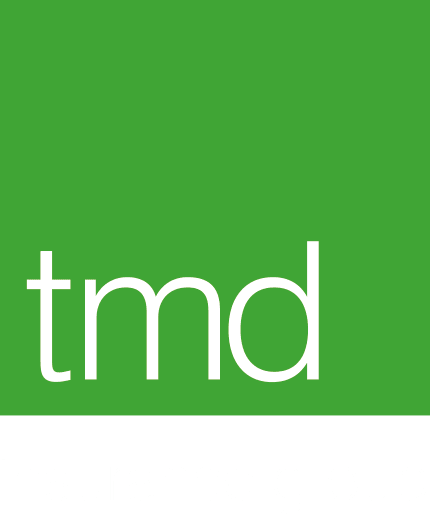Avoiding underinsurance in your high-net-worth property

A combination of inflation, increased cost of labour and materials, and irregular surveying has potentially placed high-net-worth buildings at greater risk of being underinsured than ever before. Here, we look at the nature of the problem and how you can reduce the risk.
Underinsurance is a rising problem across the UK, and it’s estimated that up to 77%* of all properties may be underinsured, a problem that may be even more pronounced in the high-net-worth arena, given the high value of the homes concerned.
Getting the rebuild cost right
It’s essential to get the rebuild cost right, which is different from the market value. This is one of the most common discrepancies. The market value is the amount your property would sell for in the current market. At the same time, the rebuild cost refers to the cost of rebuilding your property from the ground up in the event of a disaster, such as fire or flood, and may include such costs as the demolition of the existing building, clearance of the ground, labour and materials. In the current climate, with high inflation and increased costs, the rebuild cost of your property may be significantly higher than its market value.
Claims proportionate to cover
While many high-net-worth policies don’t carry a penalty for underinsurance, policyholders do have a ‘duty to take reasonable care not to make a misrepresentation’ under the Consumer Insurance (Disclosure and Representation) Act 2012. In the event of underinsurance, insurers can apply a proportionate remedy to claims settlement, whereby they will reduce the claim by the same percentage the property is underinsured. In the case of a smaller claim, this is not such a problem. But in the event of a serious claim, such as a major fire, it could result in the policyholder being seriously out of pocket, sometimes to the tune of millions of pounds, depending on the extent of the damage. There is also the possibility that you run the risk of invalidating your insurance.
Insuring all elements of the property
Sometimes, the policyholder has not taken into account all elements of the property, insuring only the main building and not taking into account such aspects as the boundary wall, electric gates, tennis courts, stable block, garages, boathouse, swimming pool, changing rooms, gardeners’ potting sheds and so on. All these additional elements and outbuildings fall within the definition of ‘buildings’ and need to be included. On a £1m pound property, the value of all the peripheral building elements could well take the rebuild cost up to around £2.5m, which could have a significant impact on a claim, particularly in the event of substantial damage.
Factoring in smart technology
Many high-net-worth properties have complex technological systems installed, such as a building management system to control functions such as air conditioning, heating, boilers, ventilation, and lighting. There may also be smart home technology to control sound, television and lighting, or green technology supporting a more sustainable lifestyle. All of which can significantly increase the cost of a claim. For example, if there is an ‘escape of water’ incident that appears only to have damaged the walls and decorations, it may well have affected technology hidden behind walls. If parts are no longer available, a new system may have to be installed, with the knock-on effect of having to reinstate damaged décor.
Impact of inflation
The BCIS Materials Cost Index, which reflects the costs of materials, has now reached a 40-year high, along with increased labour costs. Slowed down supply chains and high energy costs have also combined to produce some of the highest levels of inflation we have seen in recent years. All these factors need to be considered when calculating rebuild costs, particularly if your property is listed or has unusual architectural features that may be costly to reinstate.
A professional value-at-risk survey
You can refer to The Building Cost Information Service to calculate the rebuild cost of your property. However, with so many high-net-worth properties Grade I or II listed, architecturally designed or featuring high end finishes, it may be difficult to get an accurate rebuild cost. It is usually better to employ the services of a qualified, RICS-member surveyor to accurately assess your property’s rebuild cost and ensure adequate insurance cover is in place.
It is generally recommended to have a survey carried out every 3 to 5 years. Still, in the current climate, with current building cost fluctuations, it is advised that surveys are carried out at more frequent intervals to avoid underinsurance. It is certainly a good measure to have a survey completed at the inception of a policy.
Talk to TMD
As your broker, we want to ensure you have the correct level of cover in place and avoid the pitfalls of underinsurance for your high-net-worth property. We will work with you and alongside a professional surveyor to ensure you have an accurate rebuild cost and search our panel of insurers to find the insurance solution that best meets your needs and provides the widest level of cover.
We have partnered with RebuildCostASSESSMENT.com who offer our clients preferential rates on certain survey services, so please talk to us.
To contact us regarding insurance for your high net worth property – whether you require a quotation, advise us of changes, or wish to check that the level of cover in place is sufficient, please either call us on 01992 703 000 or email us at: insurance@mcdonaghs.co.uk
Alternatively, download our High Net Worth Brochure (click here)

